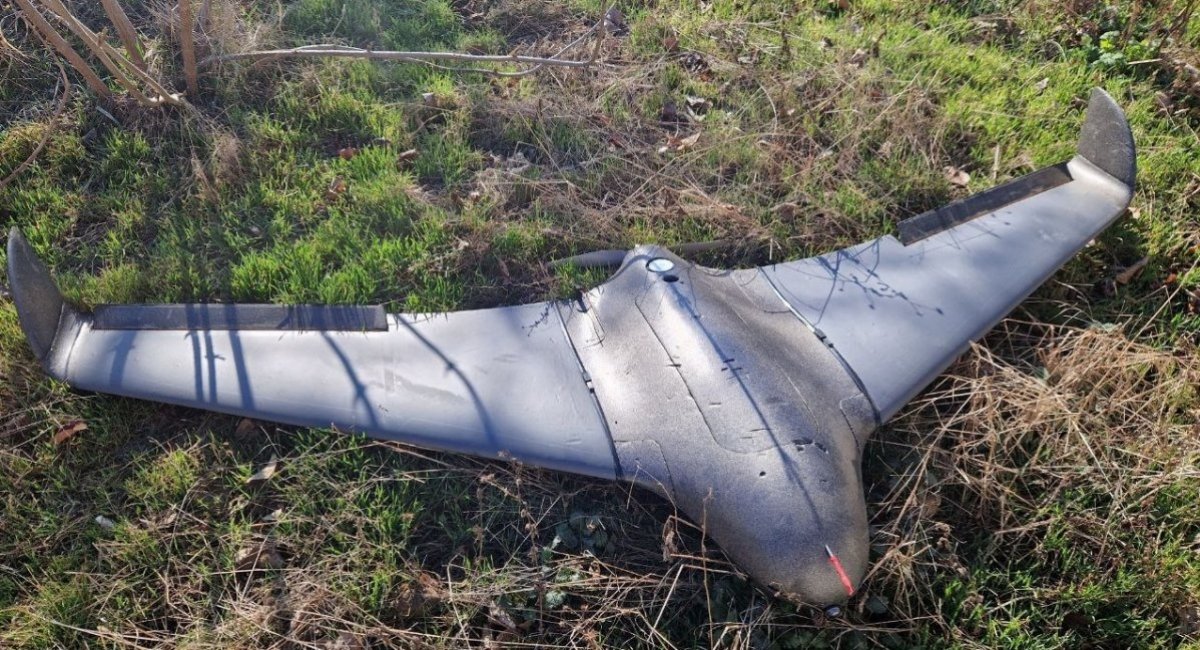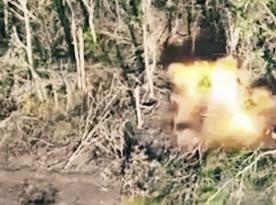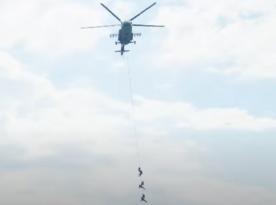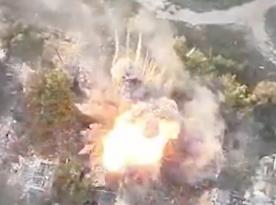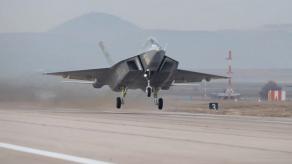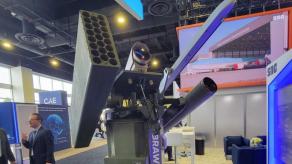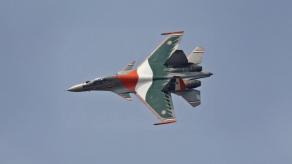First case of a Chernika (rus. for Blueberry) one-way attack drone strike has been recorded since the beginning of the invasion. The reports were confirmed by Ihor Terekhov, the mayor of Kharkiv, a heavily populated city in northeastern Ukraine. Drones of this series are manufactured in two versions, the light Chernika-1 and the heavier Chernika-2, Defense Express notes.
The russian invasion forces have been using these unmanned aerial vehicles for quite some time: in March 2024, reports stated that more than 7,500 Chernika-1s had been manufactured by then and the total production of Chernika-2s stood at 4,000 in April 2024.
Read more: First Confirmed Use of Ukrainian Peklo Deep Strike Rocket-Drone
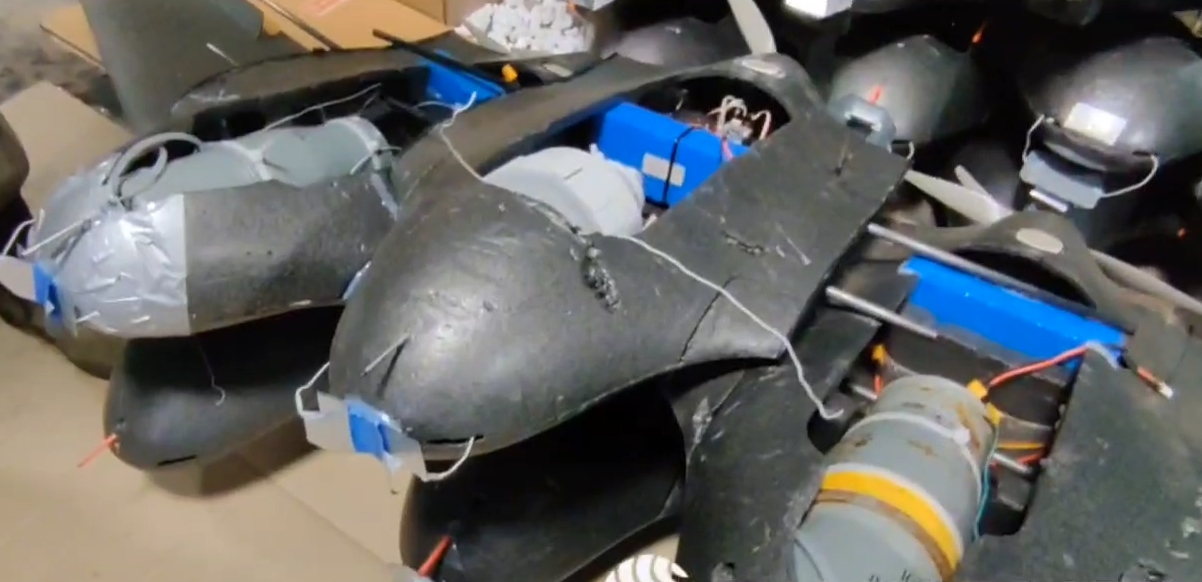
Design-wise, the Chernika-1 is a "flying wing" type of aircraft made of foam plastic. The declared maximum flight range is 80 km, cruising speed: 75 km/h, altitude ceiling: 1.5 km.
Launch can be done by hand or facilitated by a catapult. The warhead weighs 0.7 kg, probably of the high-explosive type. This drone is mainly used against non-armored vehicles and infantry.
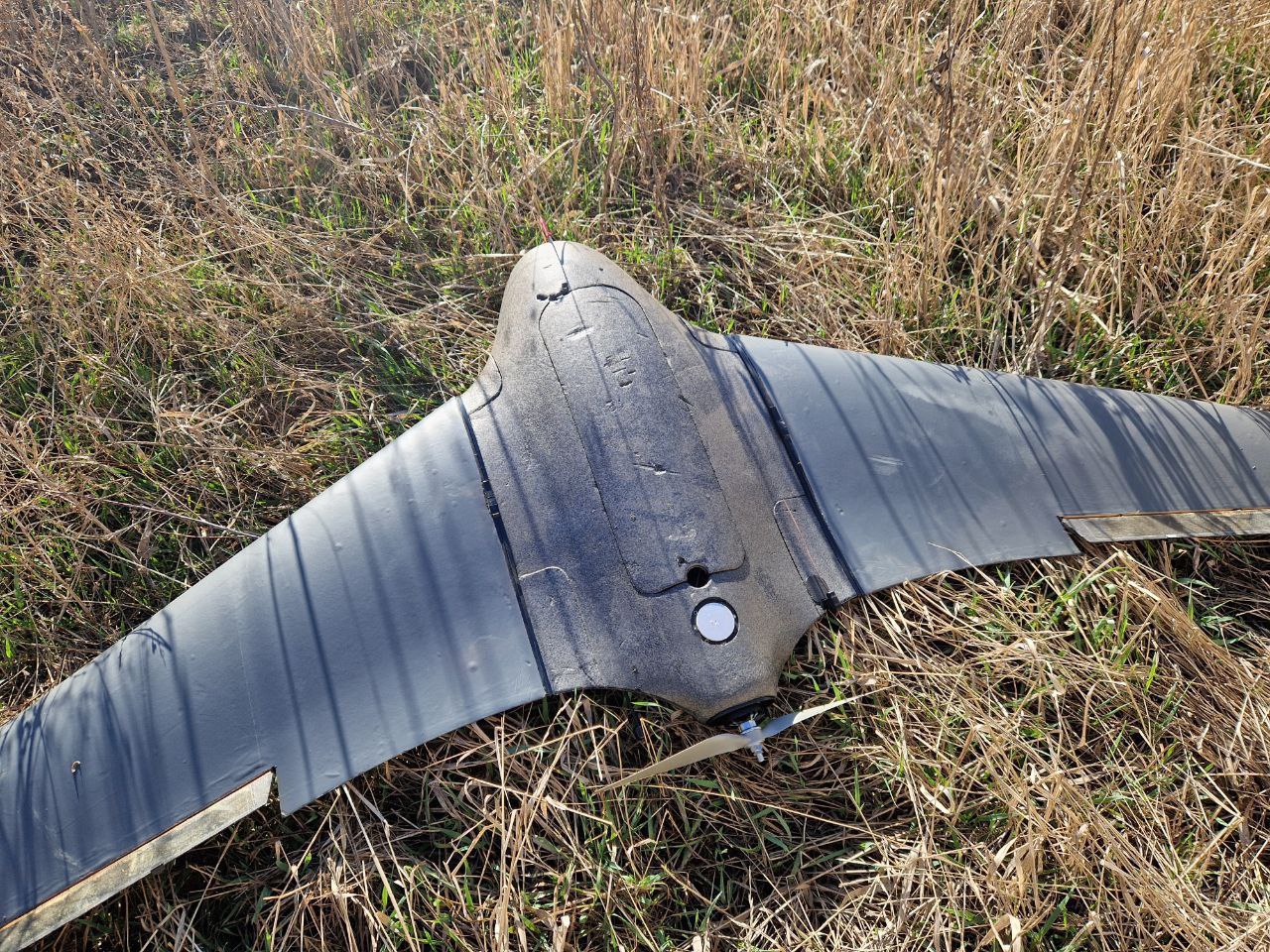
The Chernika-2 is more dangerous compared to its smaller counterpart. The warhead weight increases to 3.5 kg, allowing it to destroy dugouts and heavy equipment. The operating range also grows to 100 km.
However, most importantly, some russian sources report the presence of a target homing function, making it effectively invulnerable to electronic warfare during an attack. Chernika-2 is also equipped with an autopilot function to a specific target area, so the operator doesn't need to constantly control it, only at the terminal stage of the one-way sortie, right before the strike.
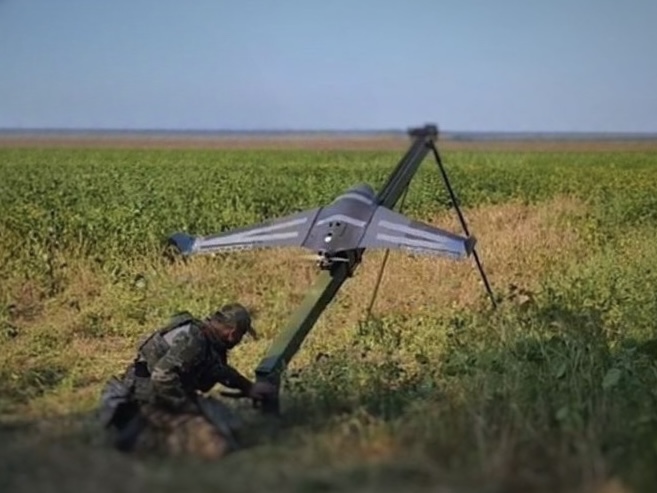
This, in combination with the usage of low-cost materials, makes the Chernika family a very dangerous weapon, both in operational capability and scale of manufacture. Conceptually, they resemble another russian drone, Molniya, which also relies on easily obtainable and cheap materials.
Worth noting, between such a ramped-up production, impressive range, and the fact these drones have been used on the frontline for over a year already, it is surprising to see the first strike on Kharkiv to only happen now, because the nearers districts of this city are mere 25 km from the russian border.
An effective means of countering these drones are Ukrainian anti-aircraft FPV drones, which have already distinguished themselves by taking down three Chernika-2s:
The Defense Forces of the South shot down 3 of the latest Russian Chernika-2 kamikaze drones, one of which was asking to be shot down, literally bearing the "shoot it down already, someone!" writing.According to available information, this drone is dangerous due to its… pic.twitter.com/hfOs2HrdM9 — Спільнота Стерненка (@sternenkofund) June 24, 2025
However, despite the terminal homing and automated guidance towards the target area, they still cannot fully accomplish the mission without pilot communication at least at some point, hence electronic warfare systems remain a fairly effective countermeasure.
Read more: What’s Left of the Su-34s at Marinovka Airfield: Ukraine’s Drone Strike Confirmed by Satellite Images




